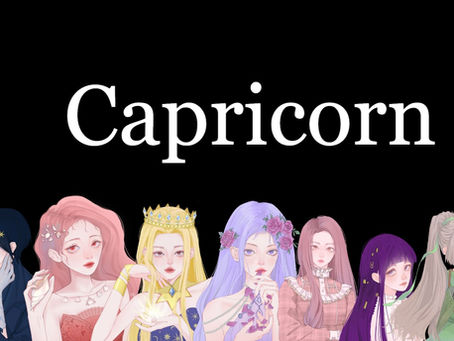Creating a fantasy world can be overwhelming with so much to explore—mythologies, folklore, history, and more—that can shape your story, characters, and conflicts. But how do you start without getting lost in the details?
First, think about what inspires you. Look at the fantasy worlds you love—what draws you in? What magic can you make your own? The world is full of resources that can fuel your imagination, but it’s important to stay focused on your story.
When you’re creating your world, define a few things upfront to keep you on track. For example:
Tone and Subgenre: Is your world high fantasy like The Lord of the Rings, or urban fantasy like Percy Jackson? Do you want something whimsical and light, like My Neighbour Totoro, or darker, like Game of Thrones? Your world should match the tone of your story.
Themes and Conflicts: What big ideas or struggles do you want to explore? Are you writing about rebellion, love, or responsibility? Defining your themes will help guide your world-building.
You don’t need to have every detail figured out before you start writing. Let your world and story evolve together. But have a general sense of where you’re headed, so you don’t get bogged down in unnecessary details.
Build the Physical World
When creating the physical elements of your world, consider the following:
Terrain: The landscape affects how characters live, travel, and interact with their environment. It can create challenges or limitations.
Climate: Weather affects your characters’ daily lives, from what they wear to the challenges they face. If your character is new to the environment, climate can add tension.
Map: What are the boundaries of your world—physical or political? A map can help you visualise the geography and show readers where things are.
Once you have the basics of your world, focus on your story. Who is your protagonist? What are their internal and external conflicts? What is the central theme? Having these details will help you shape the plot.
Connecting the World to Your Story
Once your world is in place, imagine how your protagonist interacts with it. What’s life like in this world for them? How do they get food, travel, or communicate? This exercise helps solidify the connection between your world and the story.
Are they familiar with this world, or is it a place they’re discovering, just like the reader?
A great example of this world-building in action is Aries: The Journey of a Fiery Soul by Mandy Wan. Aries, a demigoddess, must navigate a world where gods and mortals coexist. Tasked with rescuing trapped souls, she faces secrets, deceit, and the pressure of time. Aries’ journey through this rich world is a perfect example of how world-building and character development work together.
For those who love thrilling fantasy adventures, Aries takes readers on a captivating journey they won’t want to miss. Available now on Amazon.



